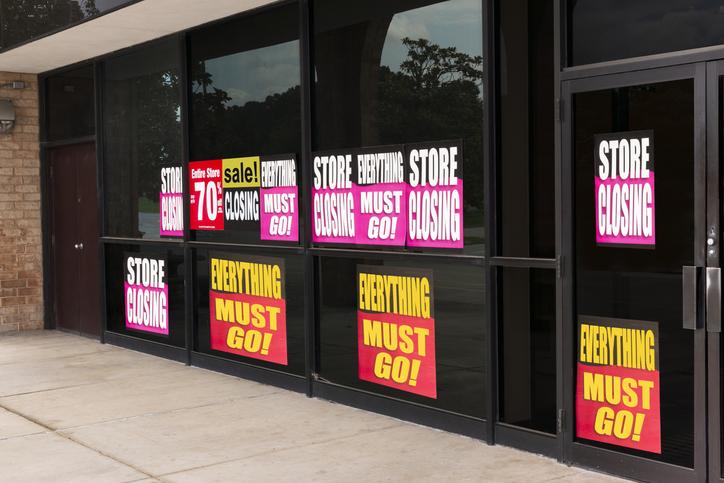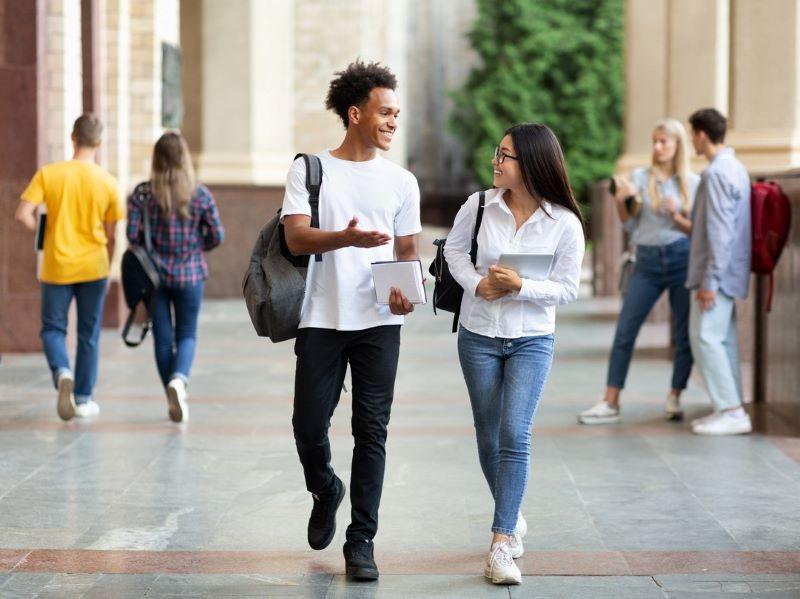As Lucy Easthope, the UK’s leading disaster and emergency planner states: “we’re all disaster survivors now”. The pandemic has irreversibly changed our lives, how students want to learn and how they engage with the physical space of campus. There is no pivoting back to pre-March 2020. Treasa Kearney and I wrote about the importance of showing the treasured space of campus, arguing that “educational spaces for students have long affected their sense of belonging, social components, intrinsic motivation, retention and, ultimately, educational outcomes. Therefore, offering impactful, valuable spaces to students to co-create a positive experience is likely needed more than ever in a post-disaster era”.
If the lecture theatre is empty, it’s time to get more innovative in our delivery. Many students don’t feel confident entering a large space such as a lecture theatre, and attention spans have changed during lockdowns. Many no longer wish to sit in lectures, although they are engaging with the course on their own terms.
- Resource collection: The post-pandemic university: how to serve the Covid generation
- Want students back in the classroom? Don’t give everything away online
- Universities must do better at bridging the gap between diversity and belonging
Harriet Dunbar-Morris argues that one way to get students back into the classroom is to stop putting all our material online. I agree with this. During the pandemic, I wrote about developing a non-linear pedagogy where students could engage with my material in the direction and pace of their choice. My modules have a lot of material available on the VLE, but while I provide flipped-learning sources and a wealth of independent and peer-led material (journal articles, podcasts, books, short videos, Padlets, Lucid Spark maps), I also show the value of attending class. I ensure the experience cannot be replicated by using the online material only.
Students may choose to “binge watch” and engage with materials around family commitments, paid work, voluntary work, caring responsibilities and/or health reasons. Students’ study patterns have changed, so wherever possible, give students control of the pace and direction of their learning.
At the same time, I undertook a successful pilot in which I retained pre-recorded lectures but increased in-person teaching from one-hour weekly seminars to two-hour weekly workshops. Student attendance, attainment, engagement and satisfaction increased as a result. Students were able to study on their own schedules and also felt confident that the workshops were there to support them. In short, they saw the value of class. Here are some further methods you can try to show the value of attending:
Community and belonging within module design
We must see it as our responsibility to build community and belonging into modules. Encourage students to work in “pods” and small groups around campus to prepare for scheduled contact time. Active, peer-led learning ensures that students develop effective communication skills, and this in turn facilitates confident discussions in class.
On my modules, attendance was high even in the final week of the semester at 9am. Students developed a strong sense of community and belonging, often working with other workshop groups synchronously using collaborative docs and meeting up together in pods to facilitate their own version of “watch parties”.
Safe spaces
Communities of care must be built on respect. Be aware of sensitive topics and how to provide a safe space for students to engage with them. The sensitive nature of my module on the sex industry means it’s important that students have control over the direction and pace of their learning. Try providing a visual navigation grid at the start of the semester that gives students an “at-a-glance” view of the module content. This means they can easily pinpoint areas they are interested in, but more importantly when it comes to sensitive topics, it provides a clear pathway for the module and a heads-up on any themes they may find difficult/triggering.
Greening the campus and breaking free of the class “room”
Making use of green spaces on campus is excellent for students who wish to be outside. Being in green space is excellent for well-being and academic performance, and many universities are actively (re)imagining their estate to provide more outdoor study spaces. This is particularly important given how many students experienced no outdoor space, or extremely limited access to outdoor space, during lockdowns. Outdoor study also helps students feel connected to issues of sustainability and climate justice.
We can scaffold our modules in different ways, and we can show students the value of in-person attendance by providing experiences that cannot be replicated elsewhere. For example, in my module, we take a guided walk of Liverpool city centre, and students are encouraged to access the many free museums and galleries around the city – they can do this digitally or in person. We also have a class-wide collaborative Google doc, with students making notes in real-time with peers from other workshop groups. In the evenings, some students work remotely from each other but synchronously. Other students meet and work together. We understand the module as a community in which we all play a part. Some students take detailed initial notes in class, others post reflections, share follow-up notes and include extra resources. As module leader, I access the document and mark key points and add in recommended sources. The document is live, and students use it for assessment preparation and as a way of building confidence to speak to peers.
Do you need lectures?
Whether to retain lectures or not is the source of much tension and pedagogical debate. The key is that we owe it to students to embed community and belonging into the curriculum; we need to show them the value of their presence. Let’s be brave and move away from outdated modes of delivery if they no longer suit the needs of our students – more workshops, more outdoor learning, more partnerships and more creativity.
Gemma Ahearne is deputy director of education, faculty lead for community and belonging, and a lecturer in criminology at the University of Liverpool, UK.
If you would like advice and insight from academics and university staff delivered direct to your inbox each week, sign up for the Campus newsletter.




comment